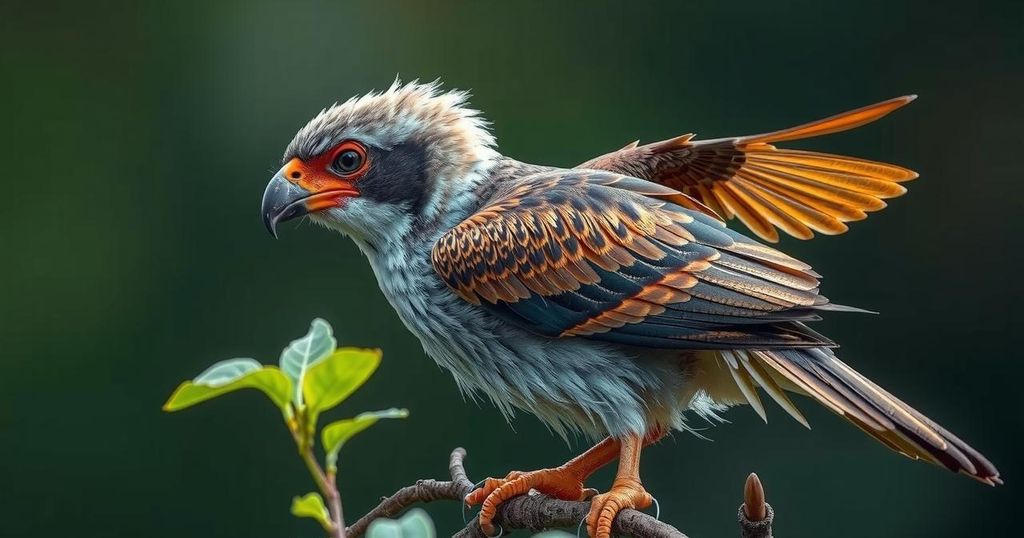Original Source: www.lpo.fr
The slender-billed curlew, once a widespread migratory bird in wetlands across Europe and Central Asia, has recently been declared functionally extinct. Historically nesting in regions like Siberia and Finland, its last confirmed sighting was in Morocco in 1995, with the most recent report in France dating back over fifty years. The rapid population decline during the 20th century has been attributed to habitat loss due to intensive agriculture and environmental degradation. Alongside its cousin species, the Eskimo curlew, the slender-billed curlew’s disappearance raises urgent concerns about biodiversity and conservation efforts in the face of impending ecological crises.
In a haunting echo of loss resounding through the delicate web of life, the slender-billed curlew (Numenius tenuirostris), once a beacon of spring in wetlands from Europe to Central Asia, has cast its last flight. This elegant bird, with its pale plumage and gracefully curved beak, used to nest in the serene expanses of Siberia and Finland before migrating to warmer shores, now simply a memory since its last sighting in Morocco in 1995. Despite intensive efforts to locate any remaining individuals, a dire study published in the prestigious ornithology journal, IBIS, has ominously raised the spectre of extinction, placing the species’ demise at a chilling 96% likelihood.
The decline unfolded rapidly during the 20th century, driven by the relentless encroachment of intensive agriculture and the ruthless drainage of wetland habitats. Parallels can be drawn with its American cousin, the Eskimo curlew (Numenius borealis), which has not graced the skies since 1987. The stark reality now looms large; of the nine curlew species identified globally, two have vanished within the span of just four decades. A glimmer of hope emerged in 2020 when, amid impassioned entreaties from conservationists, France suspended the hunting of the Eurasian curlew (Numenius arquata), struggling under the weight of a near 50% population decline since 1980.
The slender-billed curlew’s extinction marks a despairing first—the official disappearance of a continental bird species in the Western Palearctic, a region encompassing Europe, North Africa, and parts of Asia. While the International Union for Conservation of Nature (IUCN) notes that over 150 bird species have slipped silently into oblivion since 1500, the majority were fragile endemic species, corralled by island isolation or ravaged by the greed of mankind, as seen with the flightless dodo of Mauritius or the great auk.
This poignant moment calls for reflection and urgent action—an alarm bell ringing through nature’s corridors. The gradual disappearance of once-familiar creatures such as sparrows, swallows, and hedgehogs hints at a deeper malaise, a silent catastrophe unfurling beneath our indifference. The recent COP Biodiversity talks simmered without resolve, a reminder that time is running thin. It is imperative that we awaken, rallying our resolve to protect the tapestry of life before we are left with echoes of what once was.




